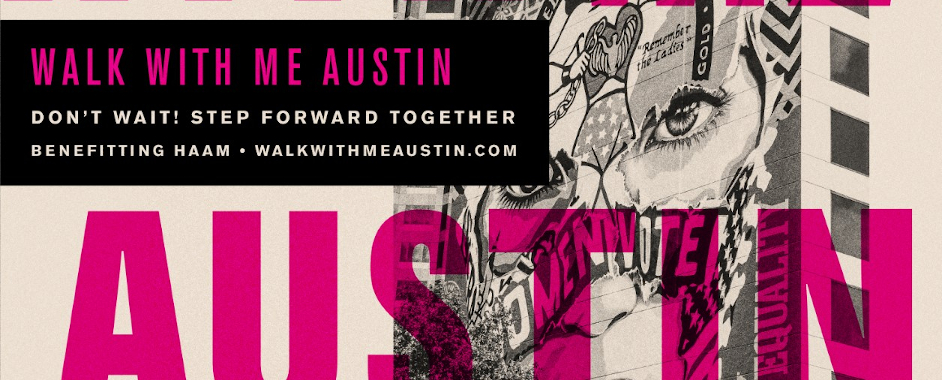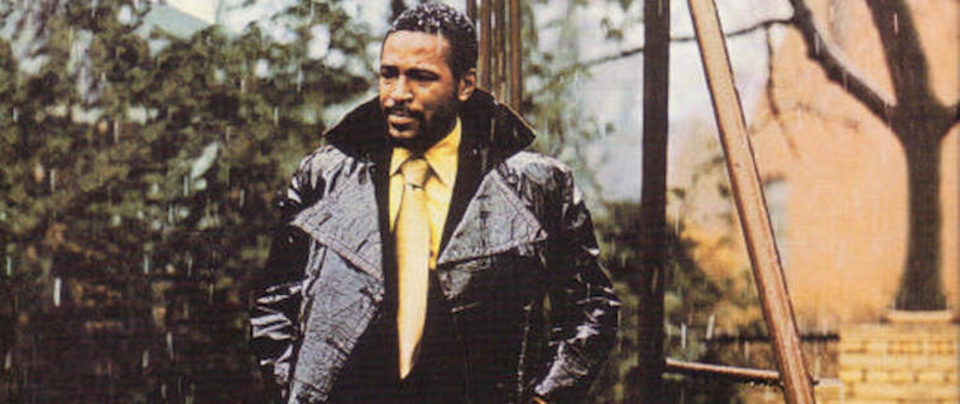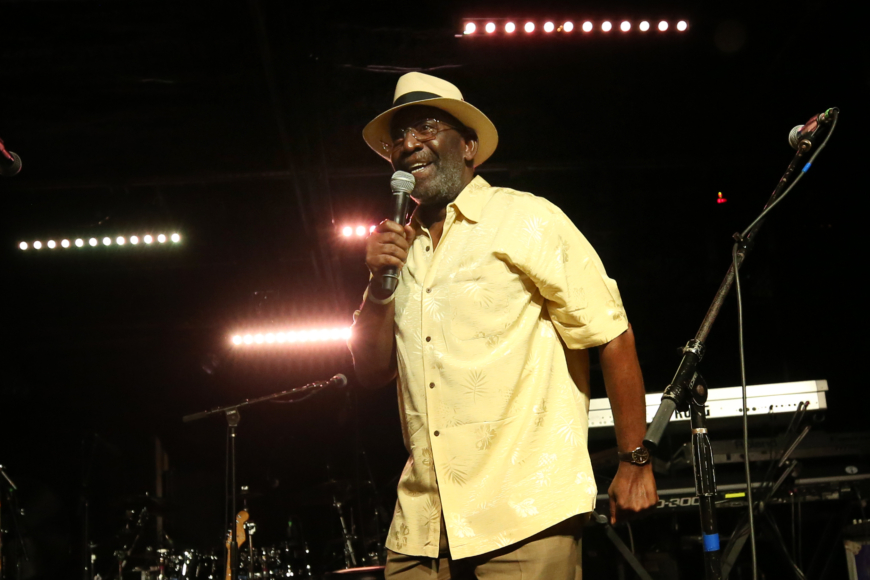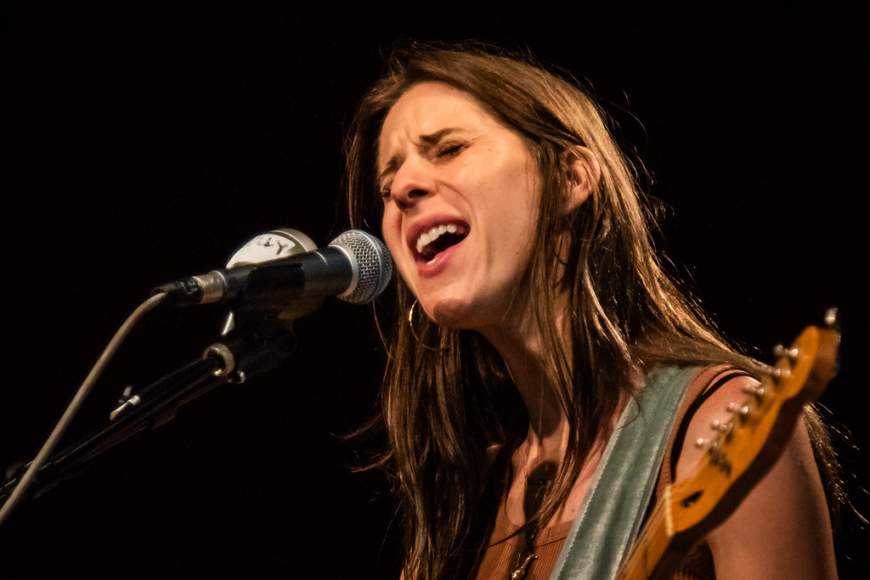A talk with Austin producer/musician Adrian Quesada
by Jeff McCord
Upon first hearing and seeing this song and video, I immediately rang up producer Adrian Quesada to find out how something so collaborative and sweeping in scope could come together in a shutdown.
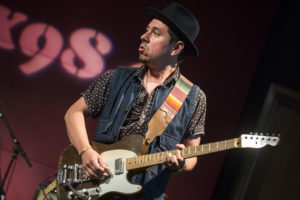
“The initial idea came from Mayor Adler and his wife, Diane Land. There was a national mayor’s conference with about 10 cities that were going to get together and do their own song; uplifting, uniting anthems in this time of global pandemic. I believe Louisville, Kentucky did the first one and [Mayor Adler and his wife] approached me about producing the Austin version. We talked about it. Right around then, unfortunately, was when George Floyd happened. I made it clear that not only is everybody experiencing COVID, but there is a lot of racial injustice and systemic racism coming to the forefront now, things that have always been there. And I really felt like if we were going to do this, it would be important to not brush anything over. They agreed and they were great. So, yeah, I signed on. There was a team of project managers. it was Diane, another woman named Brittany Robinson, and my wife Celeste Quesada overseeing the whole project .”
So how did the song itself come about?
“Before I reached out to anybody, I put together a couple of demo ideas and then ran with one, because of the nature of it. I couldn’t really sit down with anybody to work. So I laid out all the music ahead of time. I had it mapped out in my head, more or less what I imagined it to be. And then I brought in singers and lyricists to help flesh out the whole thing. So all in all, there ended up being 10 writers that contributed at different levels, kind of a core songwriting team that came up with the main verse and hooks, and then the rappers that came up with their parts and then some other, you know, each section had their own writer, but the music was largely already laid out before anybody came on.”
How did you go about choosing your collaborators?
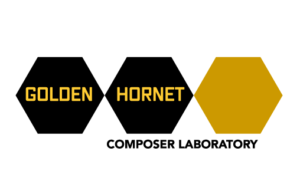
“It was a challenge for sure because I wish I could have gotten… I think there are forty-five musicians, just between 40 or 45. And I would have loved to have gotten everybody in the room. That would have been the most powerful thing. But that would not have been a responsible thing to do. It was a lot of wrangling, but well worth it. To us, diversity was huge, not only racial diversity, but also gender balance and just kind of making sure… you know, I wasn’t keeping a spreadsheet or anything, but I really felt like this is a moment to show a diverse cross-section of awesome musicians as diverse as the city can be. Sometimes the representation of the city is not that accurate. And we’ve seen that, especially in the last year, with Jackie Venson calling out Blues on the Green and things like that. So it was really key to me to make sure that was the case, even if it meant people that wouldn’t usually get together.
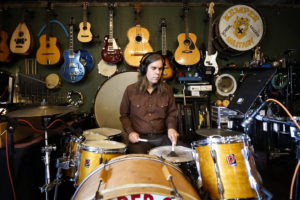
Logistics came after that. Did people have a way to record themselves? There were a couple of people who just couldn’t pull it off. I had input from various people. Graham Reynolds suggested bringing in [conductor and music director of the Austin Symphony] Peter Bay, who’s not frequently a collaborator of mine. I wish I could have had one hundred and fifty musicians literally representing every single genre. But it had to work within the context of the song. It was important for me to reach out beyond my frequent friends and collaborators to people that I haven’t normally worked with. I didn’t want this to be a window into my world, but more into the city.”
And the video?
“The team of Celeste, Diane, and Brittany oversaw the whole thing. And they brought in Spencer Gilliam from GSD&M, who was into the song and really wanted to help with the video. Some of it was shot professionally and everybody else was kind of filming themselves on the phone style and sending it on. That was the most responsible way to go about it. We had a couple of singers that were recording in my studio and we recorded them on a shoot. But I’d say 95 percent of it was people shooting themselves, and Spencer edited the whole video together. Funding for all of this was all raised by individual donors.”
How long did the recording take, from start to finish?
“Three months for the song. It was going to take about three and a half to four months. And then somebody told me Chicago finished theirs in three months. So I saw that as a challenge to wrap it up, and I picked up the pace.”
